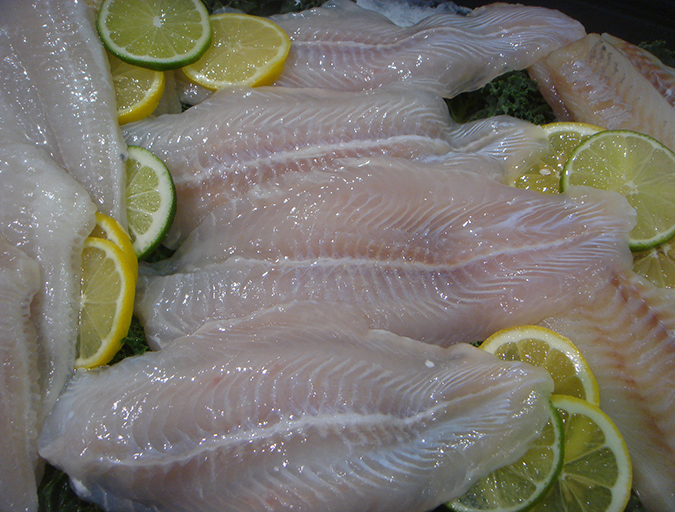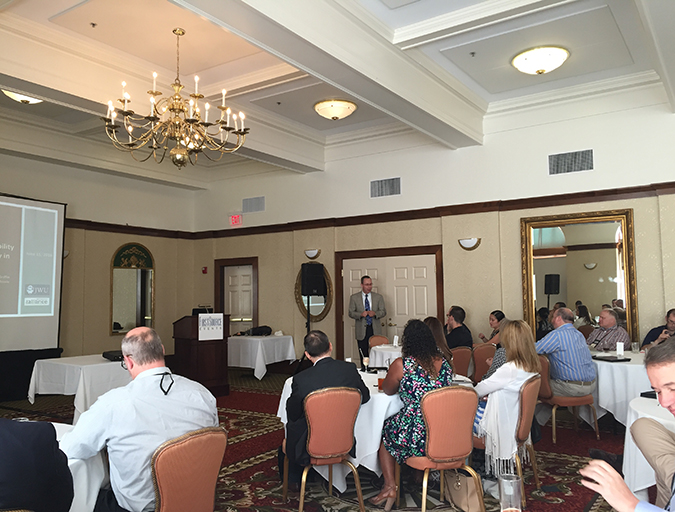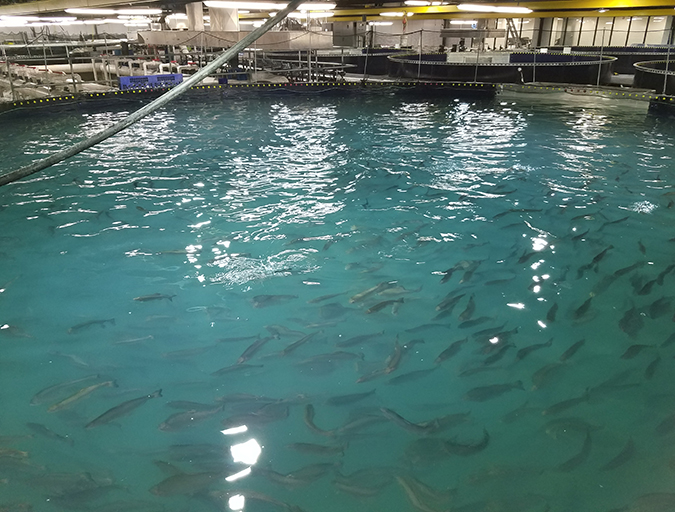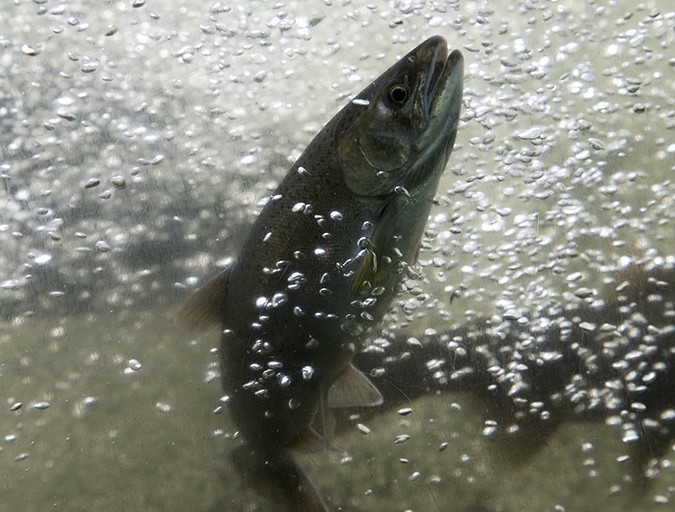When ‘alphabet soup’ of common drugs was detected in wild salmon, anti-aquaculture media shrugged
Drugs found in Puget Sound salmon from tainted wastewater – Seattle Times, Feb. 23, 2016
If I were in the pharmaceutical business in the Pacific Northwest and read a headline like that in the local news, I’d lawyer up pretty damn quick. Because salmon is sacred up there.
Surprisingly, the two most frequently quoted experts on the shortcomings of farmed fish, an “Industry Insider” and “Someone Familiar with the Story,” failed to weigh in. Alas, the scientific community did not:
“The concentrations in effluent were higher than we expected. We analyzed samples for 150 compounds and we had 61 percent of them detected in effluent. So we know these are going into the estuaries,” said Jim Meador, Environmental Toxicologist, NOAA Northwest Fisheries Science Center, referring to an “alphabet soup” of drugs (the newspaper’s words) including, Flonase, Tylenol, Paxil, Valium, Zoloft, Tagamet, OxyContin, Darvon, nicotine, caffeine, fungicides, antiseptics and anticoagulants – along with Cipro and other antibiotics.
And the fish that were tested weren’t lingering in bad neighborhoods, either. The newspaper reported that the fish were “found in estuaries far from the sewage treatment plants where the water was previously considered ‘pristine.’”
There can be no question that this story hit the Associated Press wire, meaning it was transmitted into every newsroom of every newspaper in America. But when I searched the New York Times for its coverage on “Puget Sound, Salmon, Seattle and Drugs,” there was nothing to be found.
The decision as to whether to run a story or not is left to the discretion of a newspaper’s editor, and the fact that The New York Times didn’t run this one informs us as to the depth of their bias against aquaculture.
The problem is that America has an obesity epidemic. Our hospitals are buried with heart-disease cases. Retailers need to open up on seafood offerings and decrease their red meat offerings.
Nobody likes to look foolish, but the newspaper’s famous slogan is “All The News That’s Fit To Print,” and this, in my opinion, is both news and fit to print. Perhaps they’ve been reading Callander McDowell’s salmon newsletter reLAKSation, which summarizes New York City’s approach to farmed salmon thusly: “They’re all against it and they all eat it.”
They’ve printed story after story that takes farmed fish to task, while at the same time praising the natural purity and goodness of wild-caught fish. Running a story about Flonase found in salmon navigating the waters of Puget Sound would make them look downright foolish. The publication is noted for its limited circulation and widespread influence, and they can’t afford to look foolish.
But imagine, for a moment, if this article were about farmed fish. The mind boggles.
Rather than continue on with Puget Sound’s junkie salmon situation, allow me to tell you about a chance meeting with an “industry insider” and “someone familiar with the situation,” two gentlemen I’ve known of all my life, but had never quite managed to meet. I bumped into them at the Admiral’s Club in JFK Airport in New York. For the purposes of this dialogue, let’s call them Insider and Familiar.
***
“Insider, tough news coming from Puget Sound.”
“What news is that?” he asked.
“Well, they found all kinds of chemicals in a run of juvenile Chinook salmon. Antihistamines, antibiotics, street drugs…the whole nine yards,” I said.
Familiar finally spoke up. “We don’t follow those fisheries too closely. They’re actually devoid of any problems.”
“Excuse me?” I said. “I just told you they found all kinds of drugs in the tissue of the fish. Sounds like a problem to me.”
Insider simply yawned and said, “That’s a pretty small salmon population when compared to the Atlantics they’re raising in Chile. The fact is, when we get interviewed, nobody wants to hear about it. The farmed salmon is the one causing all the trouble.”
“And that’s why I’m so glad to finally meet you guys,” I said. “You’ve had a lot to say about farmed salmon for a great many years now, none of it good, and I’m wondering where you get your information.”
Familiar replied, “We keep our ear to the ground. We have impeccable sources.”
“But the articles you’re quoted in don’t use names. They just print something and then attribute it to you guys,” I said. “To Someone Familiar with the Story and an Industry Insider.”
“And that’s a problem?” Familiar asked.
“Of course it is. People read the column you’re quoted in and stop buying farmed salmon.”
“So what’s the problem,” Insider said.
“The problem is that America has an obesity epidemic. Our hospitals are buried with heart-disease cases. Retailers need to open up on seafood offerings and decrease their red meat offerings. And you guys need to stop telling people that farmed salmon swim in filthy water and are loaded with antibiotics.”
“Why would we want to do that?” Insider asked.
“Because it’s not true!” I said.
I admit, I was getting testy. I’d reached the source of all those unfounded comments – rumors so frequently repeated they’d become quasi-universal truths to nearly Everyone, it seems.
“How could it not be true?” Familiar asked. “Everyone knows it … go ask him, he just walked in.”
Author
-

Phil Walsh
In addition to directing nationally recognized seafood programs at Kings Supermarkets, Harris Teeter Supermarkets and Stop & Shop Supermarkets, where he pioneered retail sustainability programs in 2000 by partnering with the New England Aquarium, Phil Walsh introduced successful fresh seafood programs at Porky Products, Inc., DiCarlo Foods and Ritter Sysco Foodservices, New York Metro’s dominant protein distributors. He now serves as VP of Growth at the Alfa Gamma Group in Miami. Walsh teaches a graduate course in seafood marketing at the University of Miami’s Rosenstiel School of Marine and Atmospheric Science, and authored Isle of Shoals in 2013, a novel detailing the evolution of the seafood industry since 1965.
Related Posts

Intelligence
Surmounting the consumer disconnect on farmed seafood
In his first piece for the Advocate, industry veteran Phil Walsh, VP of Growth for Alfa Gamma Seafood Group in Miami, wonders why consumers are so comfortable with farm-raised land animals, but not farm-raised fish.

Intelligence
Telling aquaculture’s story, with every sale
In his latest piece for the Advocate, industry veteran Phil Walsh, VP of Growth for Alfa Gamma Seafood Group in Miami, says aquaculture stakeholders should seize every opportunity to promote their products’ positive attributes in the face of stiff opposition.

Intelligence
Networking and defending farmed fish at Seafood 1on1
At the match-making event presented by FirstSource Events pairing seafood buyers with suppliers in a low-key setting, the conversations were mainly about how to sell more seafood, driven by sustainability, convenience and positive messages about aquaculture.

Intelligence
A land grab for salmon (and shrimp) in upstate New York
The operators of Hudson Valley Fish Farm see their inland locale as a pilot to prove that land-based fish farming, located in close proximity to major metropolitan markets, can be successful.


